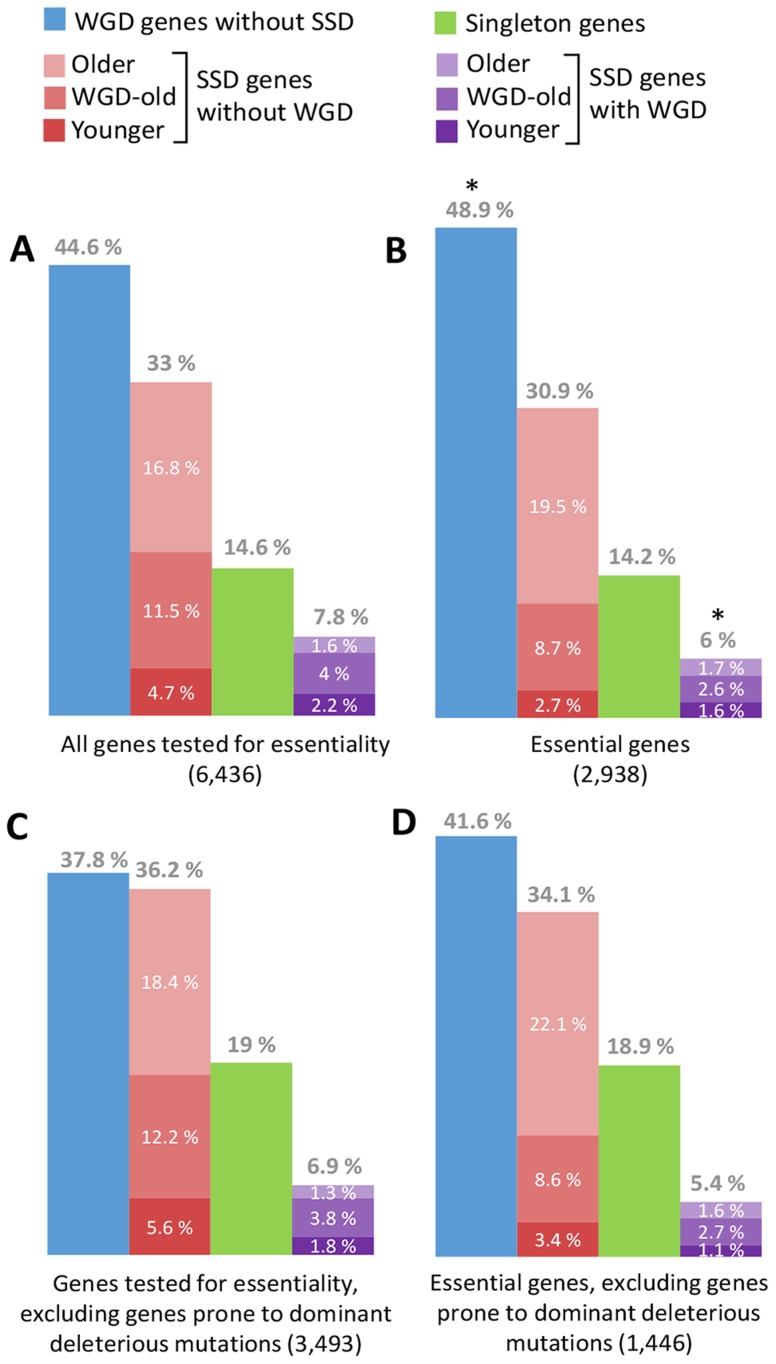Figure 2. Distributions of WGD, SSD, and singletons for human orthologs of mouse genes (A) tested for essentiality in mouse [13], (B) found to be essential in mouse, and (C and D) after removing dominant disease genes, oncogenes, and genes with dominant negative mutations or autoinhibitory folds [5].
(*) corresponds to small deviations (10−3<p<0.05, FE test) from the references in (A). Note that human orthologs of essential genes in mouse do not show any significant deviations in WGD, SSD, or singleton contents (p>0.05, FE test) once dominant disease genes, oncogenes, and genes with dominant negative mutations or autoinhibitory folds have been removed. Yet, taking into account the age of SSD duplicates reveals a relative lack of recent SSD genes in essential genes (see text).

